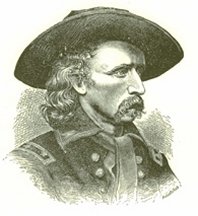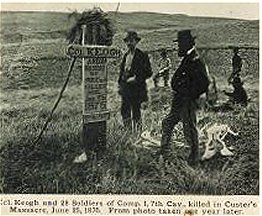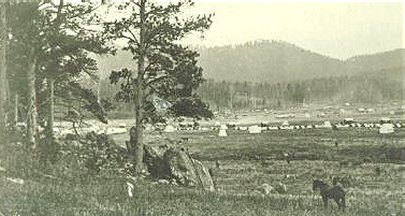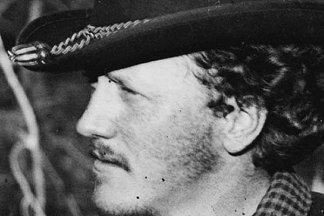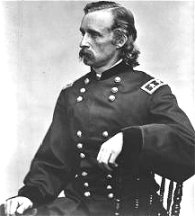The Golden Cocoon 1924 AL Burt (1st Harper & Brothers 1924)
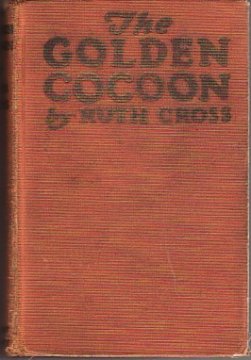 "Full of thrilling
scenes and romance. The highs and lows, poverty and plenty and the hights
and depths of human emotion" "The Golden Cocoon paints a grim picture of
life in the cottonfields and an even grimmer one of the faculty at the
University of Texas, "a backwash of incompetents whom life had rejected." "Full of thrilling
scenes and romance. The highs and lows, poverty and plenty and the hights
and depths of human emotion" "The Golden Cocoon paints a grim picture of
life in the cottonfields and an even grimmer one of the faculty at the
University of Texas, "a backwash of incompetents whom life had rejected."
This routine Warner Brothers melodrama
was based on the novel by Ruth Cross. Country girl Molly Shannon (Helene
Chadwick) wins a college scholarship which was offered by Judge Gregory
Cochran (Huntley Gordon). While attending the school, she falls in love
with one of the professors, Renfro (Richard Tucker), but on the eve of
their wedding, he deserts her. She wanders miserably through the night
until she passes out in front of a notorious road house. Before she is
taken in, she is seen by Bancroft (Frank Campeau), a politician. Molly's
ordeal comes back to haunt her much later, after she and Cochran marry.
Bancroft wants to use Molly's presence at the road house to stop Cochran
from running for office. To save her husband, Molly disappears and pretends
to have committed suicide. Just before the election, Renfro shows up and
finds Molly. He is shot in a struggle -- but before he dies, he insists
that Molly is completely innocent of any wrongdoing. Cochran's career is
saved and he and Molly are reunited. ~ All Movie Guide |
| Mattie
Ruth Cross (1887-1981), novelist, the oldest of four children of
Dr. Walter D. and Willie Alta (Cole) Cross, was born in Sylvan, Texas,
on December 25, 1887. After moving around the South while her father, a
former high school principal, finished his medical education, Ruth returned
with her family to Sylvan, in rural Lamar County, where she attended local
schools. Strongly influenced by her mother, a music teacher versed in Greek
and Latin, Ruth excelled in her studies and graduated Phi Beta Kappa from
the University of Texas. She had enrolled in college in 1904 and worked
her way through by teaching in small Texas and Oklahoma towns. When an
eye malady impaired Ruth's vision, her mother traveled to Austin to assist
with her coursework. After her mother died, Ruth depended upon friends
to read and take notes for her. She was awarded a B.A. in creative writing
in 1911 and then taught in Longview, emphasizing oral work in her Latin
and German classes in order to spare her eyes. Writing fiction, however,
remained her first ambition. After studying for a summer at the University
of Chicago, she subsidized her creative efforts with stints as a housekeeper,
travel companion, interior decorator, and real-estate broker in New York,
Nevada, and California. Undeterred by almost a decade of rejection, she
began selling her "cotton field" tales to Holland's magazine. Her literary
career then bloomed quickly. In 1922 Louis B. Mayer based a movie on her
short story "A Question of Honor." Two years later Harper published her
first novel, The Golden Cocoon, which was greeted by favorable reviews
and printed in five editions. After paying Cross $25,000 for the movie
rights, Warner Brothers in 1925 filmed this saga of a farm girl from the
Black Hills who survives heartbreak as the governor's mistress and then
leaves her glamorous life in Austin to struggle as a writer in New York
City. Flushed with the additional success of a one-act play on the Keith
vaudeville circuit, Ruth Cross in 1924 married George W. Palmer, a horticulturist
and financier. Together they bought and renovated Edendale, a forty-acre
farm estate outside Winsted, Connecticut, home to fellow Texas writers
Dorothy Scarborough,qv Annie Laurie Williams, and Maurice Crain. Over the
next two decades, Cross published five novels: The Unknown Goddess (1926),
Enchantment (1930), The Big Road (1931), Soldier of Good Fortune (1936),
and Back Door to Happiness (1937). She also wrote two works of nonfiction,
Eden on a Country Hill (1938) and Wake Up and Garden (1942), and numerous
stories and articles for magazines. Always enthusiastic about her fruits
and flowers, she contributed to Heinz's "Magazine of the Air" on WABC radio
and broadcast an original program called "Your Garden and Home." Just before
her husband's death in 1947, Cross sold Edendale. She lived for a few years
in New York City and then moved to Winnfield, Louisiana, her mother's hometown,
to be near the families of her sister and brother. In 1975 she donated
her papers to Northwestern State University at Natchitoches, which a year
later published her final book, The Beautiful and the Doomed. Although
her first novel established Cross as a writer of note, her subsequent books
did not live up to its promise. Drawing on memories of her childhood, she
set many of her tales in "Law's Chapel," a fictional counterpart of Sylvan,
and critics commended her realism and local color in both The Golden Cocoon
and The Big Road. When her characters left Texas for Broadway and the big
cities, however, her "riotous imagination" tinged the plot with melodrama
in such books as Enchantment. But even when Cross was out of the critical
eye, she continued to write; at the age of eighty-eight she was planning
a novel about her psychic experiences. She died in Winnfield on September
30, 1981. |

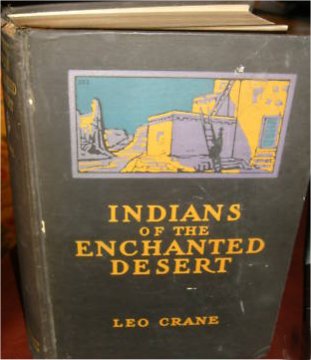
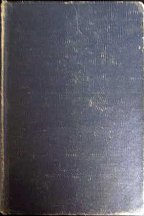
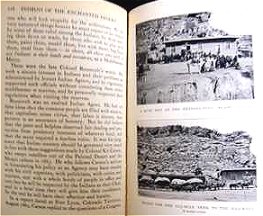
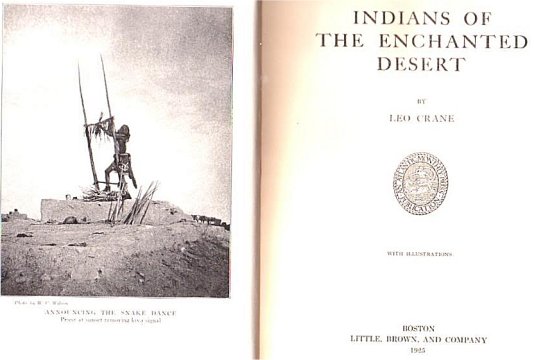
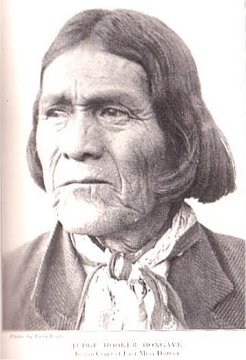
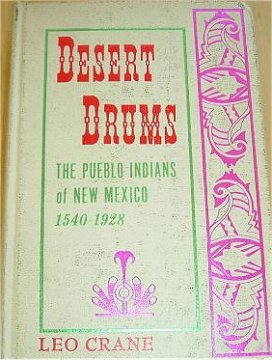
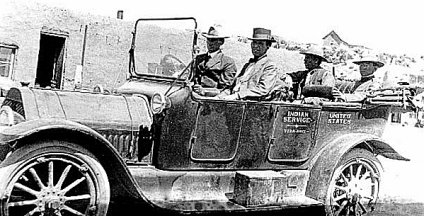
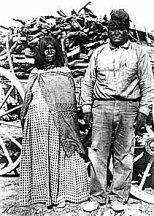
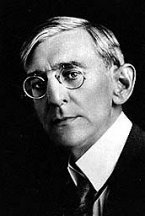
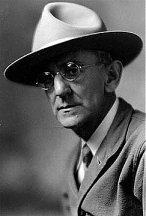
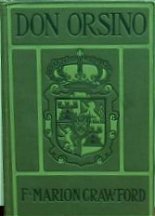
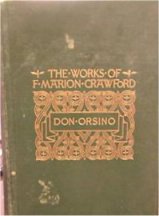
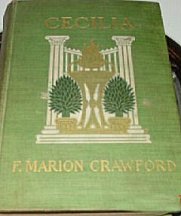
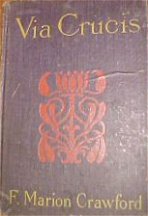
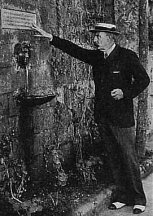 Francis Marion
Crawford
(1854-1909)was one of the most famous authors in the English-speaking
world at the time of his death in 1909. He wrote over forty novels. Many
of them were the types of disposable romances popular at the time, but
he also wrote some stories of the horror and occult. These are generally
the ones for which he is now remembered. He was the son of the famous American
sculptor Thomas Crawford. His mother, Louise Ward, was a sister of Julia
Ward Howe, who wrote the words to the Battle Hymn of the Republic. Both
his parents belonged to prominent Boston families, buth chose to live in
Italy. FMC was born and grew up in Italy, setting of many of his
books. He attended St Paul's School in NH, Harvard, Heidelberg University
in Germany, and the University of Rome, in his native Italy. He was cultured,
cosmopolitan, widely travelled and rich. Much to the horror of his Boston
relations, he became a Roman Catholic. Beginning with his novel Mr Isaacs
(1882), a big success, he produced some forty books: while it was running
through the press Crawford began a more carefully composed novel, "Dr.
Claudius" (1883), which more than repeated the success of "Mr. Isaacs".
His third novel, "A Roman Singer", ran serially in the "Atlantic
Monthly" and was published in 1884. It was this third novel which opened
out to Crawford his true field, the description of Italian life and character
with its many cosmopolitan, and especially its American and English,
affiliations. He was the author of some forty novels and one play,
"Francesca da Rimini", and his publications commanded a larger sale than
those of any contemporary writer of fiction in England or in the
United States: "Zoroaster" (1885); "A Tale of a Lonely Parish" (1886);
"Saracinesca" (1887); "Marzio's Crucifix" (1887); "Paul Patoff" (1887);
"Greifenstein" (1889); "
Francis Marion
Crawford
(1854-1909)was one of the most famous authors in the English-speaking
world at the time of his death in 1909. He wrote over forty novels. Many
of them were the types of disposable romances popular at the time, but
he also wrote some stories of the horror and occult. These are generally
the ones for which he is now remembered. He was the son of the famous American
sculptor Thomas Crawford. His mother, Louise Ward, was a sister of Julia
Ward Howe, who wrote the words to the Battle Hymn of the Republic. Both
his parents belonged to prominent Boston families, buth chose to live in
Italy. FMC was born and grew up in Italy, setting of many of his
books. He attended St Paul's School in NH, Harvard, Heidelberg University
in Germany, and the University of Rome, in his native Italy. He was cultured,
cosmopolitan, widely travelled and rich. Much to the horror of his Boston
relations, he became a Roman Catholic. Beginning with his novel Mr Isaacs
(1882), a big success, he produced some forty books: while it was running
through the press Crawford began a more carefully composed novel, "Dr.
Claudius" (1883), which more than repeated the success of "Mr. Isaacs".
His third novel, "A Roman Singer", ran serially in the "Atlantic
Monthly" and was published in 1884. It was this third novel which opened
out to Crawford his true field, the description of Italian life and character
with its many cosmopolitan, and especially its American and English,
affiliations. He was the author of some forty novels and one play,
"Francesca da Rimini", and his publications commanded a larger sale than
those of any contemporary writer of fiction in England or in the
United States: "Zoroaster" (1885); "A Tale of a Lonely Parish" (1886);
"Saracinesca" (1887); "Marzio's Crucifix" (1887); "Paul Patoff" (1887);
"Greifenstein" (1889); "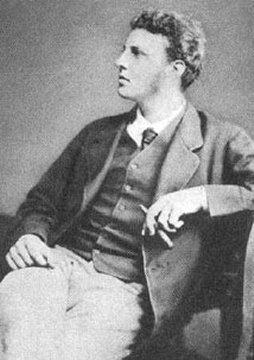
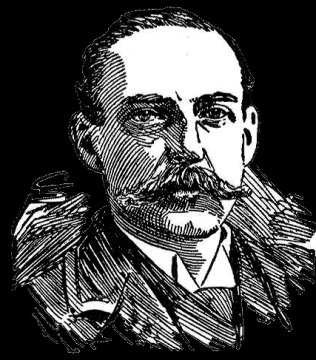
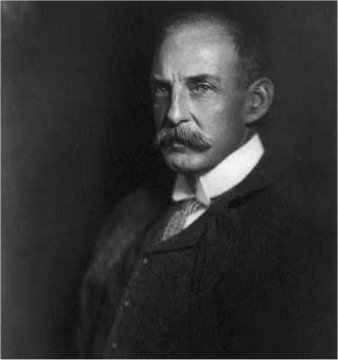

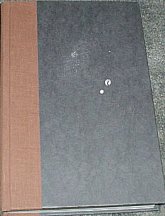
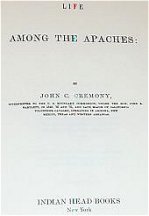
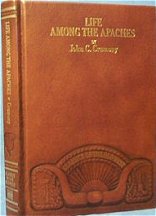
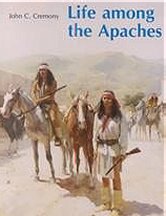
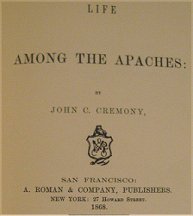
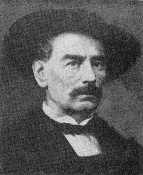 John Carey
Cremony: Interpreter to the U.S. Boundary Commission, Under the
Hon. John R. Bartlett, in 1849, '50, and '51, and late major of Californian
Volunteer Cavalry, Operating in Arizona, New Mexico, Texas, and Western
Arkansas. Cremony wrote absorbing eyewitness descriptions of pre-reservation
Apache life and culture, in particular the Chiricahua Apaches. Through
his years in the military, Cremony fought in the war with Mexico and participated
in many Indian campaigns in the southwest deserts. In 1848 he served as
Spanish interpreter for the U. S. Boundary Commission where he learned
to speak Apache and subsequently wrote a glossary and grammar of the language.
Although he wrote this book with the intent to encourage more effective
military suppression of the intimidating Apaches, this historical document
has all of the fast-paced action and excitement of a Wild West novel. Of
particular note are his accounts of the life of Mangas Coloradas -- a man
far more important to history than Cremony. An important classic of general
and Native American history.
John Carey
Cremony: Interpreter to the U.S. Boundary Commission, Under the
Hon. John R. Bartlett, in 1849, '50, and '51, and late major of Californian
Volunteer Cavalry, Operating in Arizona, New Mexico, Texas, and Western
Arkansas. Cremony wrote absorbing eyewitness descriptions of pre-reservation
Apache life and culture, in particular the Chiricahua Apaches. Through
his years in the military, Cremony fought in the war with Mexico and participated
in many Indian campaigns in the southwest deserts. In 1848 he served as
Spanish interpreter for the U. S. Boundary Commission where he learned
to speak Apache and subsequently wrote a glossary and grammar of the language.
Although he wrote this book with the intent to encourage more effective
military suppression of the intimidating Apaches, this historical document
has all of the fast-paced action and excitement of a Wild West novel. Of
particular note are his accounts of the life of Mangas Coloradas -- a man
far more important to history than Cremony. An important classic of general
and Native American history.
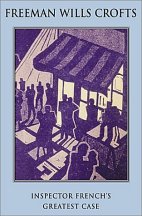
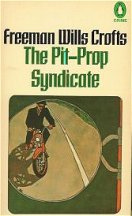
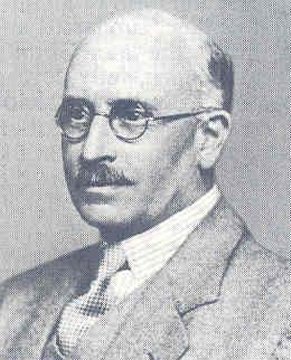
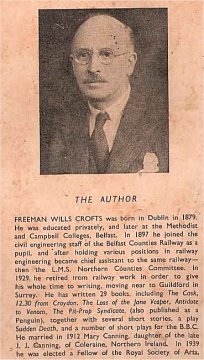
 "Full of thrilling
scenes and romance. The highs and lows, poverty and plenty and the hights
and depths of human emotion" "The Golden Cocoon paints a grim picture of
life in the cottonfields and an even grimmer one of the faculty at the
University of Texas, "a backwash of incompetents whom life had rejected."
"Full of thrilling
scenes and romance. The highs and lows, poverty and plenty and the hights
and depths of human emotion" "The Golden Cocoon paints a grim picture of
life in the cottonfields and an even grimmer one of the faculty at the
University of Texas, "a backwash of incompetents whom life had rejected."
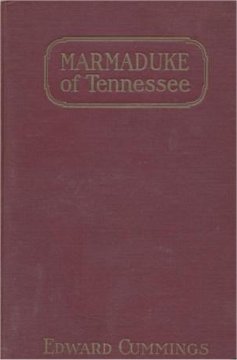
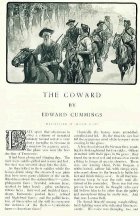
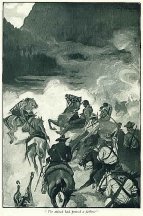
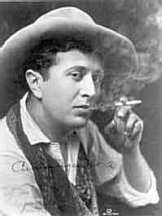 Edward
Cummings ??(doubtful that e.e. is the same Cummings) was born into
the family of a Unitarian minister in Cambridge, Massachusetts, in 1894,
near the turn of the century; yet a child, he started writing romantically
colored poems. Having completed five years at Harvard where Greek and English
literature had been his specialities, he moved to New York and spent several
months seriously at work as a cubist painter. In the early days* of the
First World War he went to France to join an American ambulance corps.
A month or two in Paris taught him to speak fluent French; partly because
of the fact he could easily communicate to the French and seemed to know
more than officers of his rank were allowed to, he found himself imprisoned
on suspicion of being a spy at the end of 1917. Out of his experience in
World War I came his first book, The Enormous Room, a classic among war
books, illustrated by his own drawings. Cummings’ whole career is marked
by creative surprise. Throughout his life he was interested in a variety
of literary and art forms. Examples extend to plays, a ballet, and a collection
of pictures, done in charcoal, ink, oil, pencil, and water color. He painted
all of his life, and once referred to himself as “an author of pictures,
a draftsman of words”.Nevertheless, when he died in 1962, Cummings was
called by the critics as, “next to Robert Frost, the most popular contemporary
poet in the nation”. Today many of his most enthusiastic admirers are among
the young.
Edward
Cummings ??(doubtful that e.e. is the same Cummings) was born into
the family of a Unitarian minister in Cambridge, Massachusetts, in 1894,
near the turn of the century; yet a child, he started writing romantically
colored poems. Having completed five years at Harvard where Greek and English
literature had been his specialities, he moved to New York and spent several
months seriously at work as a cubist painter. In the early days* of the
First World War he went to France to join an American ambulance corps.
A month or two in Paris taught him to speak fluent French; partly because
of the fact he could easily communicate to the French and seemed to know
more than officers of his rank were allowed to, he found himself imprisoned
on suspicion of being a spy at the end of 1917. Out of his experience in
World War I came his first book, The Enormous Room, a classic among war
books, illustrated by his own drawings. Cummings’ whole career is marked
by creative surprise. Throughout his life he was interested in a variety
of literary and art forms. Examples extend to plays, a ballet, and a collection
of pictures, done in charcoal, ink, oil, pencil, and water color. He painted
all of his life, and once referred to himself as “an author of pictures,
a draftsman of words”.Nevertheless, when he died in 1962, Cummings was
called by the critics as, “next to Robert Frost, the most popular contemporary
poet in the nation”. Today many of his most enthusiastic admirers are among
the young.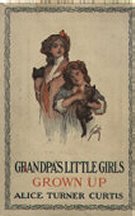
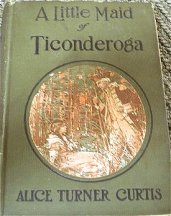
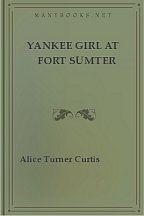 The Little
Maid of Ticonderoga by Alice Turner Curtis. Hardback, 1920
216 pages
The Little
Maid of Ticonderoga by Alice Turner Curtis. Hardback, 1920
216 pages
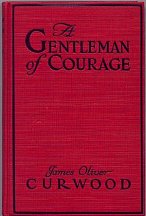
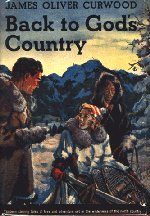
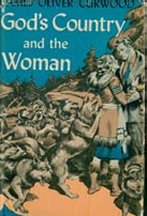
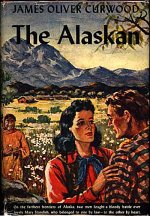
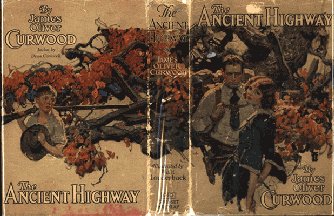
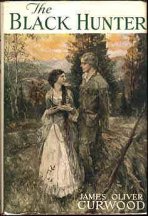
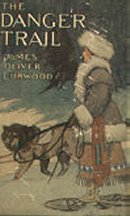
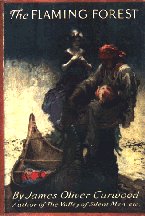
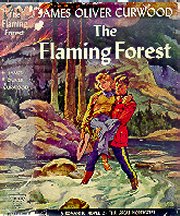
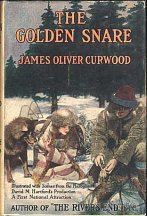
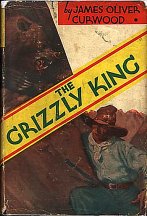
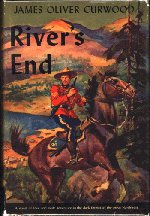
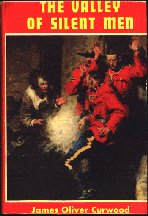
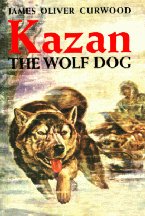
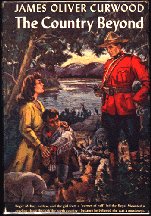
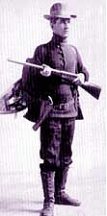
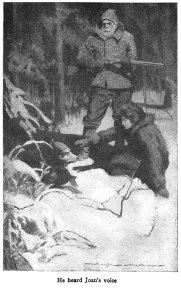
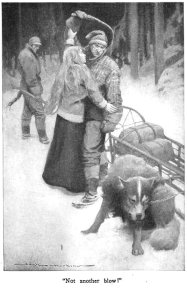
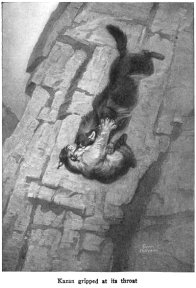
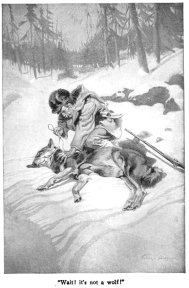
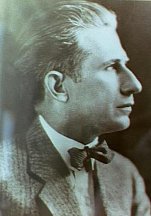
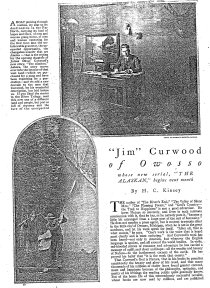
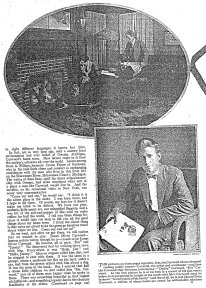
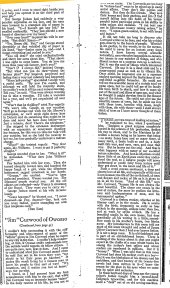
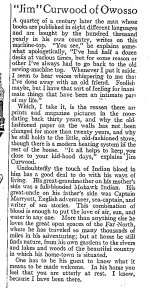
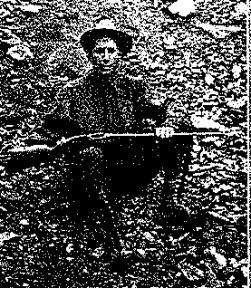
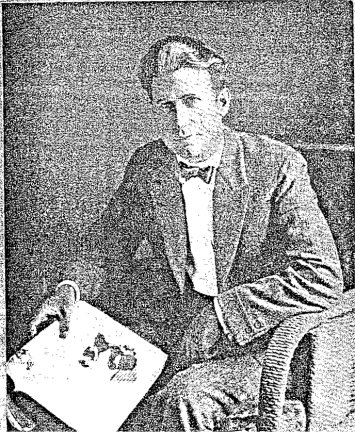
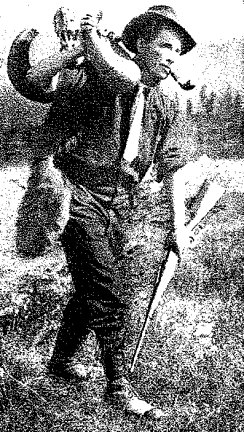
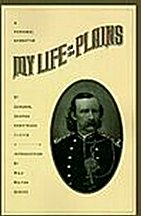
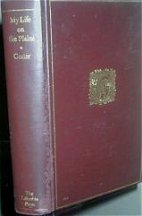 Custer's
Chapter 1 Intro:
Custer's
Chapter 1 Intro:
